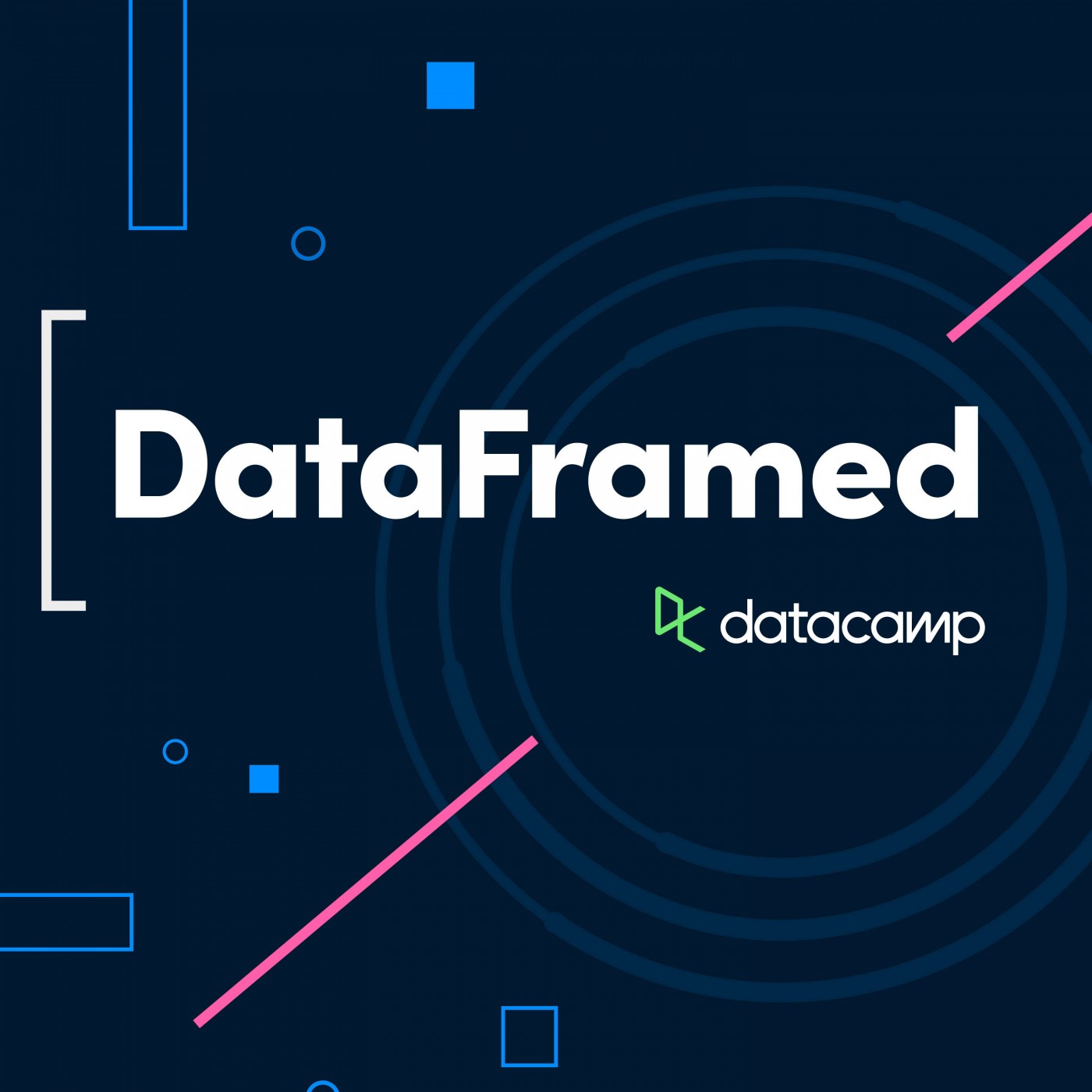
#265 What You Need to Know About the EU AI Act with Dan Nechita, EU Director at Transatlantic Policy Network

DataFramed
Deep Dive
What is the main goal of the EU AI Act?
The main goal is to protect health, safety, and fundamental rights in the European Union when AI systems are used, making AI more human-centric and safer to ensure trust and broader adoption.
What are the four broad categories of risk classification in the EU AI Act?
The four categories are: unacceptable risk (prohibited uses like mass surveillance), high-risk systems (e.g., biometrics, law enforcement), limited risk systems (e.g., chatbots, deepfakes with transparency requirements), and no risk systems (e.g., AI in agriculture).
What are the implications for organizations deploying limited risk AI systems under the EU AI Act?
For limited risk systems, providers must ensure content is labeled (e.g., chatbots must disclose they are AI). Deployers have a best-effort obligation to ensure transparency, but the regulatory burden is lighter compared to high-risk systems.
How does the EU AI Act handle general-purpose AI models like GPT-4?
General-purpose models above 1 billion parameters are subject to obligations, including maintaining documentation, complying with copyright laws, and reporting incidents. Models with systemic risk require dynamic supervision by the European Commission's AI Office.
What are the key steps for organizations to prepare for compliance with the EU AI Act?
Organizations should: 1) check if their AI systems fall under the Act's definition, 2) conduct an inventory of AI systems and their intended use, 3) identify if any systems are high-risk, and 4) follow the specific obligations based on risk classification.
What is the role of AI literacy under the EU AI Act?
AI literacy is a soft obligation requiring organizations to ensure operators understand the potential risks of AI, such as bias, discrimination, and over-reliance on machine outputs. It aims to prevent misuse and ensure responsible deployment.
How does the EU AI Act evolve over time?
The Commission can amend the list of high-risk use cases based on new risks. Guidance will be provided to clarify definitions and gray areas. Member states must set up national supervisory authorities, and the AI Office will oversee powerful models with systemic risk.
What were the main challenges in creating the EU AI Act?
Challenges included negotiating sensitive topics like biometric surveillance, aligning the AI definition with international standards, and addressing copyright issues. The emergence of generative AI added complexity, requiring flexible rules for future-proofing the regulation.
- First comprehensive AI regulation in the world
- Aims to make AI more human-centric and safer
- Protects health, safety, and fundamental rights
- Increased trust leads to more adoption and economic growth
Shownotes Transcript
We’re improving DataFramed, and we need your help! We want to hear what you have to say about the show, and how we can make it more enjoyable for you—find out more here).
With the EU AI Act coming into effect, the AI industry faces a pivotal moment. This regulation is a landmark step for AI governance and challenges data and AI teams to rethink their approach to AI development and deployment. How will this legislation influence the way AI systems are built and used? What are the key compliance requirements that organizations need to be aware of? And how can companies balance regulatory obligations with the drive for innovation and growth?
Dan Nechita led the technical negotiations for the EU Artificial Intelligence Act on behalf of the European Parliament. For the 2019-2024 mandate, besides artificial intelligence, he focused on digital regulation, security and defense, and the transatlantic partnership as Head of Cabinet for Dragos Tudorache, MEP. Previously, he was a State Counselor for the Romanian Prime Minister with a mandate on e-governance, digitalization, and cybersecurity. He worked at the World Security Institute (the Global Zero nuclear disarmament initiative); at the Brookings Institution Center of Executive Education; as a graduate teaching assistant at the George Washington University; at the ABC News Political Unit; and as a research assistant at the Arnold A. Saltzman Institute of War and Peace at Columbia. He is an expert project evaluator for the European Commission and a member of expert AI working groups with the World Economic Forum and the United Nations. Dan is a graduate of the George Washington University (M.A.) and Columbia University in the City of New York (B.A.).
In the episode, Adel and Dan explore the EU AI Act's significance, risk classification frameworks, organizational compliance strategies, the intersection with existing regulations, AI literacy requirements, and the future of AI legislation, and much more.
Links Mentioned in the Show:
- The EU AI Act)
- Connect with Dan)
- Course: Understanding the EU AI Act)
- Related Episode: Guardrails for the Future of AI with Viktor Mayer-Schönberger, Professor of Internet Governance and Regulation at the University of Oxford)
- Rewatch sessions from RADAR: Forward Edition)
New to DataCamp?
- Learn on the go using the DataCamp mobile app)
Empower your business with world-class data and AI skills with DataCamp for business)